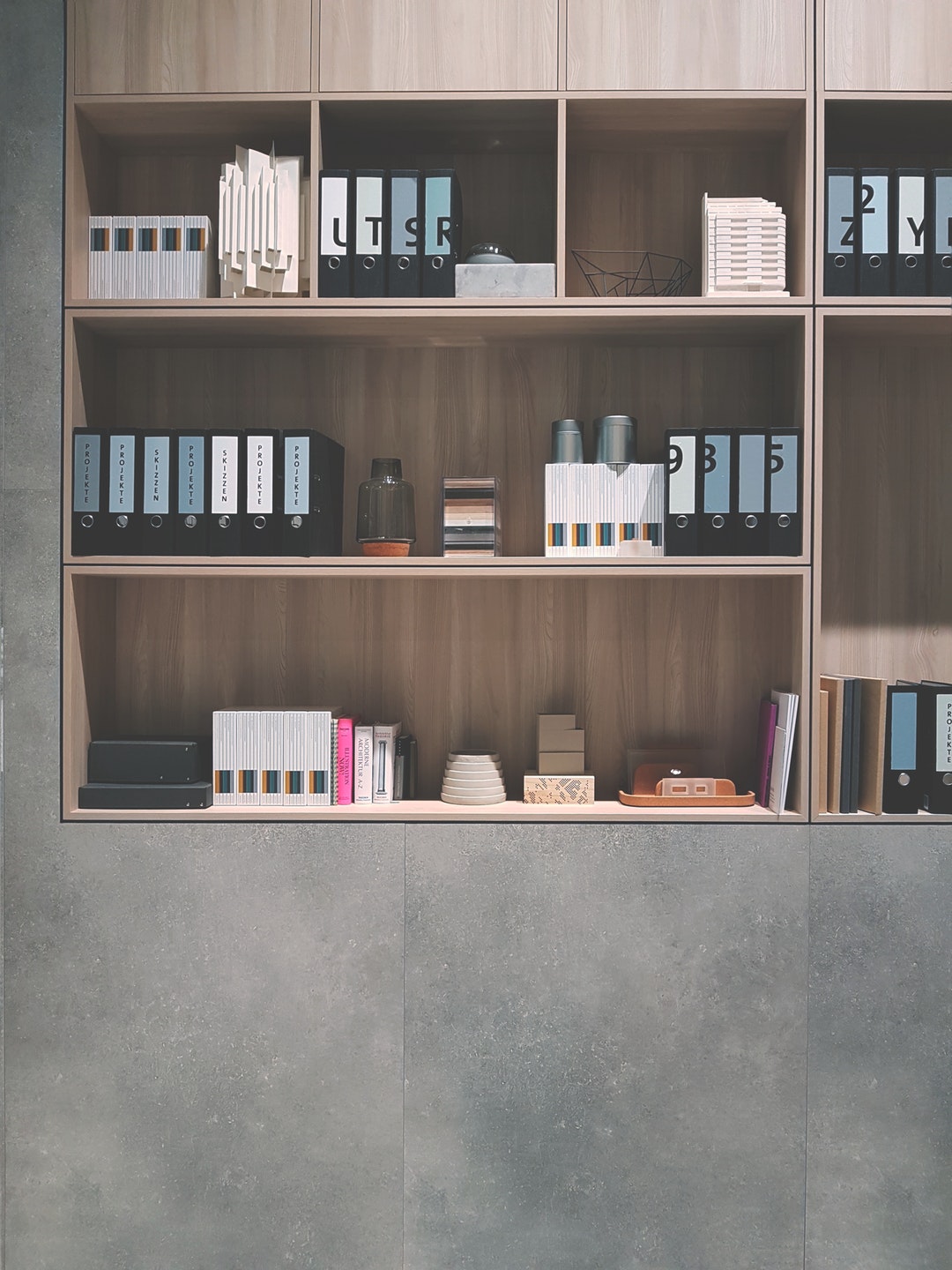12th Oct 2018
How to Organize an Office Filing System in Your Law Firm

Get Sorting
First things first, start sorting all those files. You may end up changing how you want to organize them along the way. That's okay.
Start by putting them in piles that make sense. You could have piles for correspondence, motions, or pleadings.
Or you may want to keep all files for a certain case or client in one pile--it's up to you. Go with what's simplest for you and your office.
It's a good idea to have a miscellaneous pile for all those files you don't know what else to do with.
Purge
There's a good chance you have files you don't need anymore. As you're sorting through everything, throw out everything you don't need.
Don't get overly excited or afraid of this part of the organization process. Know what files are important and which ones aren't, then act accordingly. If you aren't sure, ask someone who knows.
You may find your piles significantly smaller than expected if you get rid of all those un-needed papers.
Create Your Filing System
Now it's time to decide how you want to file your papers. There are lots of options to choose from. Here are only a few of your options:
Hanging Files
Hanging files work great in filing cabinets with pull out drawers. These keep all your files organized and easy to find. Finding what you want will be a cinch, thanks to study folders and easy-to-read tabs.
Depending on how you've grouped your files, you may need to divide each drawer into sections. This is easy--simply add some divider tabs, and you're good!
Drawers
While finding what you want may not be as quick, this system works just as well. Find yourself a storage tower of drawers that aren't too deep. Then label each drawer for each type of file.
Make sure you choose folders with tabs. This will make it much easier to find what you're looking for. Order custom printed tabs to label everything exactly the way you want.
Binders
Yet another option, you can store your files in binders. If you don't want to punch holes in all your files, try using zipper pouches that come with binder holes built in. Once your binders are all put together, store them on bookshelves in your office for easy access.
This option isn't great for high-security documents unless you have a closet or other space to lock them in. It works great for lower-security documents, though.
File Naming
Organizing your files will be much easier if you utilize a file naming system. This may include the date a file was opened, the client's last name, or the name of the lawyer working on the case. You could include all three if you want.
Devise a naming system that's simple and makes sense. Don't forget, you'll be sifting through all these files when you need something, so choose names that are easy to understand at a glance.
Aim for Uniformity
Whatever system you decide to use, make sure you use it throughout your office. If different people use different filing methods, you'll just end up with a mess on your hands again.
Lay Down Some Rules
To ensure that everyone in the office sticks to your system, lay down some rules. These will depend on your system and your office's needs, so go with what works best for you.
Make sure the rules are written down and explained. They should be visible for everyone in the office.
Things like opening files for new clients, accepting payments, and scheduling appointments all require the use and creation of files. These may feel so basic that you don't need to publish rules, but these are the tasks that can easily mess up your filing system, so keep it regulated!
Going Partially Paperless
You may like the paperless option but don't feel you can go that route entirely. The great thing is, you can mix paper and paperless methods.
Go ahead and digitize anything you'd like stored that way. As you create your computerized filing system, keep your paper system in mind.
Any files stored digitally should be organized in the same way you paper files are. That way, you can easily mesh both systems together. If you organize by client name in your paper files, do the same thing with your digital files.
How to Organize an Office Filing System--Simplified
Organizing office files may seem like a huge hurdle to cross. But really, all it takes is some organization and patience. So if you're wondering how to organize an office filing system, don't start pulling your hair out just yet.
Use these tips and do a little every day. You may get everything organized in one go, and you may not--that's okay!
Once your files are organized, you'll love your new, less-chaotic system, so don't forget to keep it up!
Do you need help organizing your case files? Check out these essential tips.




